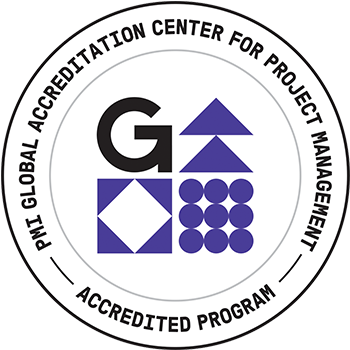Strategic Decision-Making for Supply Chain Network Design and Expansion: Case of Drinking Water Supply
Paper Title:
Strategic Decision-Making for Supply Chain Design and Expansion: the Case of Drinking Water and Irrigation Systems
Abstract:
Decision-making process for supply chain in any industry for providing any goods or products and making profits is multi-angle. Traditionally, the decisions-made were based on the principle of meeting the demand. While meeting the demand is of highest priority other most important aspects include the cost, policy and regulation compliance, and competition in the market. To find an outcome that will satisfy all these aspects together and arrive to an equilibrium that no player in the market want to deviate from a particular state can be challenging. The problem becomes even more complex when there are more than one non-cooperative suppliers in the market and the decision-maker for a larger or leader supplier should decide the best strategic move supporting supply network expansion given the anticipated moves of other smaller or follower suppliers in the market. To aid decision-makers in this process a mathematical game-theoretic two level leader-follower problem known as Stackelberg game is developed, in which the lower-level problem formulated for this research solves an equilibrium problem, which when combined with upper-level problem is known as mathematical problems with equilibrium constraints (MPEC). Stackleberg games are commonly used by governments for analyzing regulations on an economy or on a particular industry. Stackelberg game is thought to be a non-cooperative game where the follower makes its move by accepting leader’s choice and the leader by anticipating that follower takes its choice solves its problem for both upper and lower-level problem variables for own profit maximization or for any other objective.


